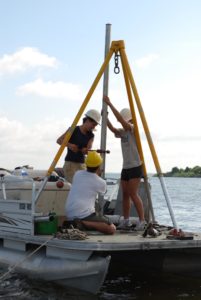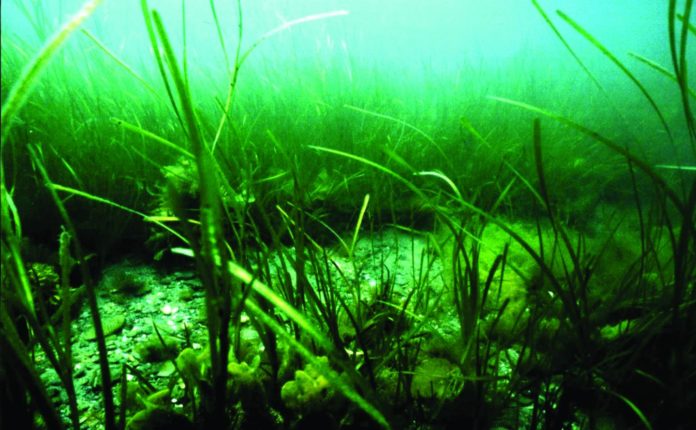A subaqueous soil is a somewhat permanently submerged soil with a positive water potential at the soil surface. The soils are formed n sediment found in shallow, permanently flooded environments or soils in any areas permanently covered by water too deep for the growth of rooted plants.
Over the last 25 years, soil scientists in the United States and abroad have been studying subaqueous soil systems and developing use and management interpretations. Most of the studies focused on their development and approaches for sampling and characterizing these soils. As they have value and function, scientists are studying to get them the recognition and research they deserve.
Now, Mark Stolt from the University of Rhode Island along with his team is working to sample and map these soils. They focused on subaqueous soils in coastal lagoons, embayments, and tidal rivers. By taking measures of the soils, researchers are able to add data to the National Cooperative Soil Survey maps. These provide uniform and rigorous assessments for soil and are used throughout the country.

CREDIT
Mark Stolt
They also added new classifications of underwater soils that can potentially make-up the properties of the soil and provide information on how it was formed, and how it can be used and managed.
Soil maps provide a mechanism to manage these areas and make fundamental use and management decisions that affect people every day. Unlike land, you can’t put a price on underwater soils.”
He further explained, “Underwater soil is poorly understood. What makes a good or bad soil for aquaculture is uncertain.”
“The underwater soils also face some threats from the land activity. For example, if too much fertilizer is put on a field it can run off into nearby bodies of water. This encourages algae growth. When that algae dies and decomposes, the water–and underwater soils–lose the oxygen fish and plants need.”
“These soils are the foundation and structure of a myriad of habitats and ecosystems. For example, submerged aquatic vegetation are rooted plants that derive much of their nutrients from underwater soils. They trap sediment and minimize coastal erosion. They are a huge sink for carbon dioxide that is eventually stored in the soils, and like other plants, they add oxygen. Not to mention provide habitats for the animals that live in them. Their importance goes on and on.”

CREDIT
Barret Wessel
“There is still lots and lots to learn about underwater soils, but some of our experiences suggest these soils are quite resilient. For example, we tested whether long-term high-production oyster aquaculture (up to 20 years) would have a negative effect on the underwater soil. Although there were some negative effects, the soils essentially remained the same in this particular area.”
The team is continuing to map these soils to help define and understand their value.
Their research is presented at the International Meeting of the Soil Science Society of America, Jan. 6-9, in San Diego.
